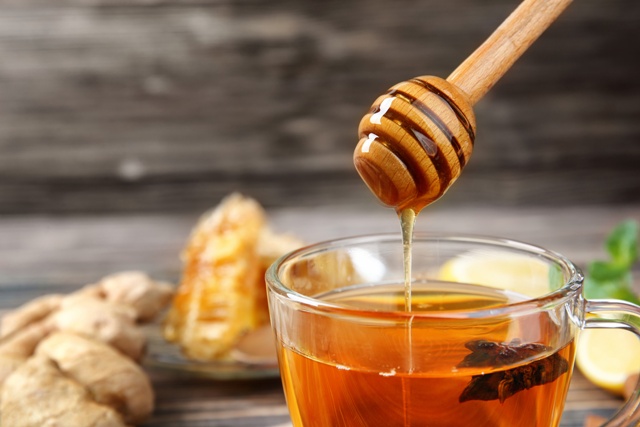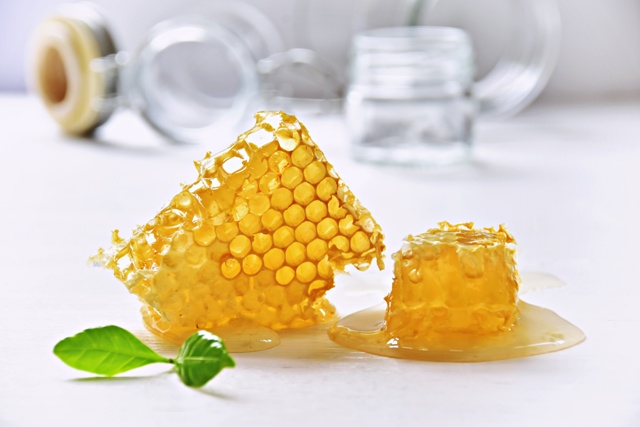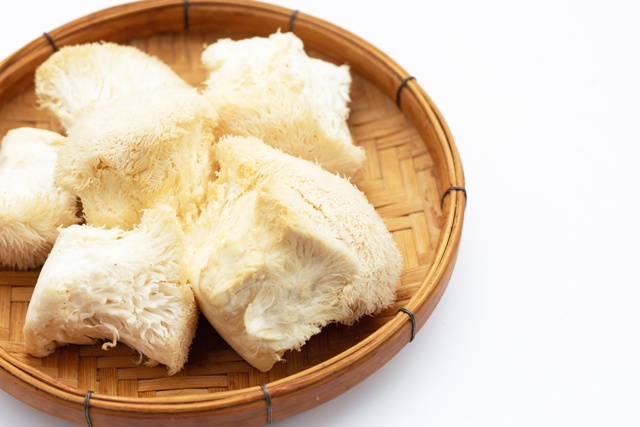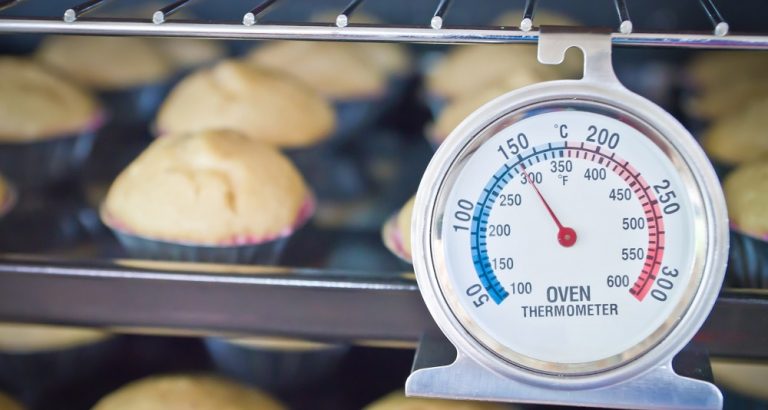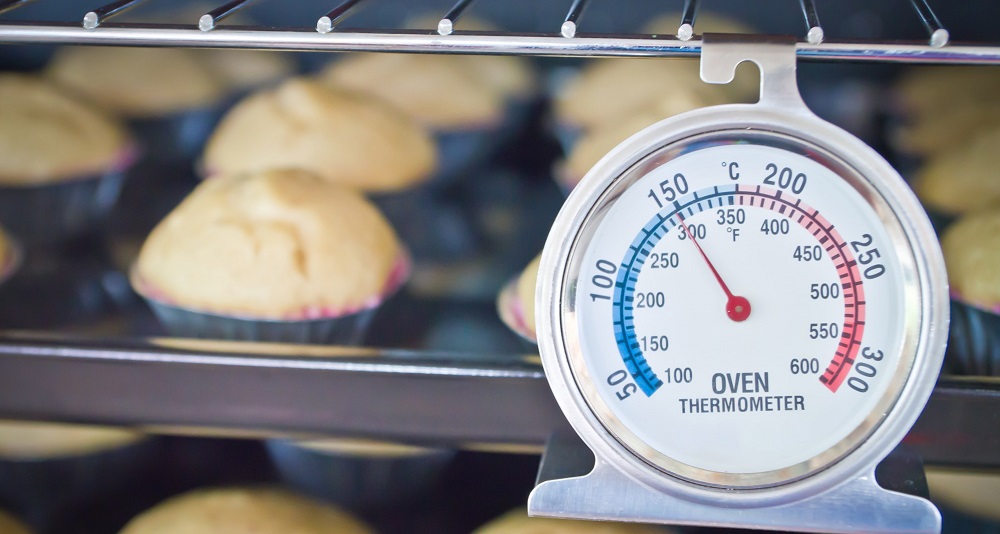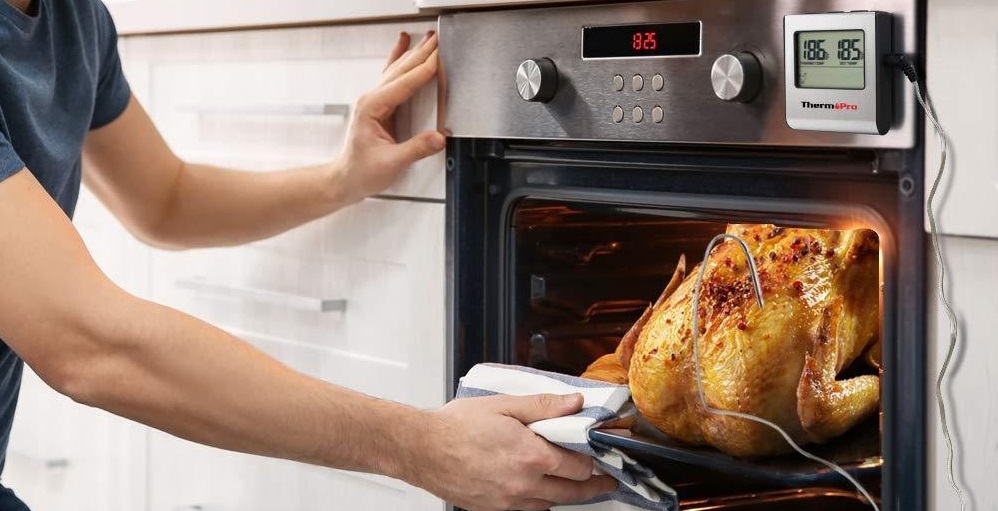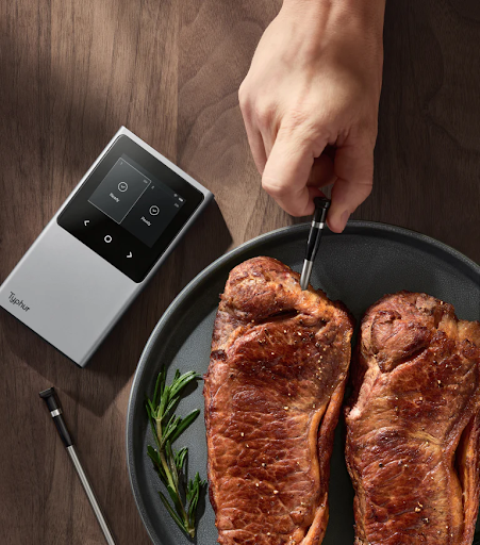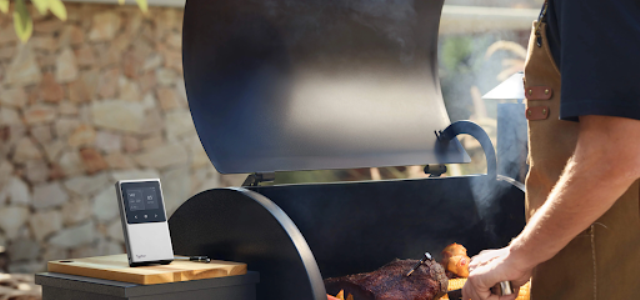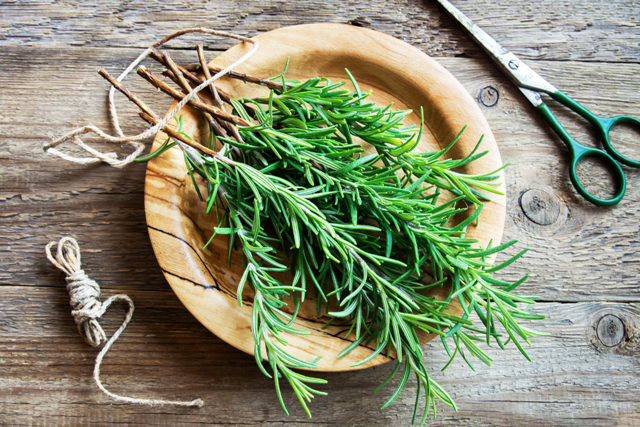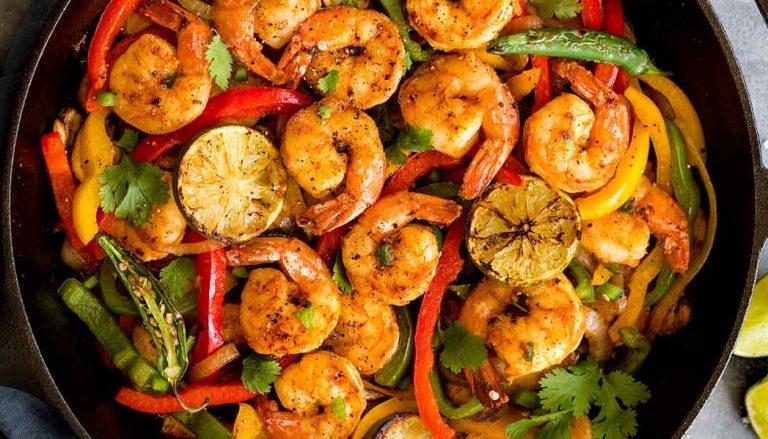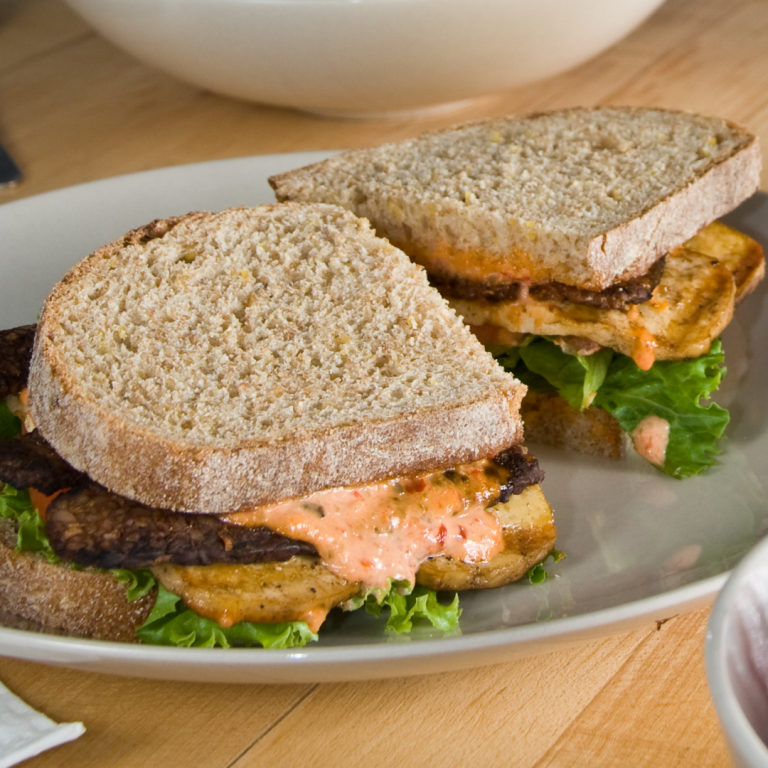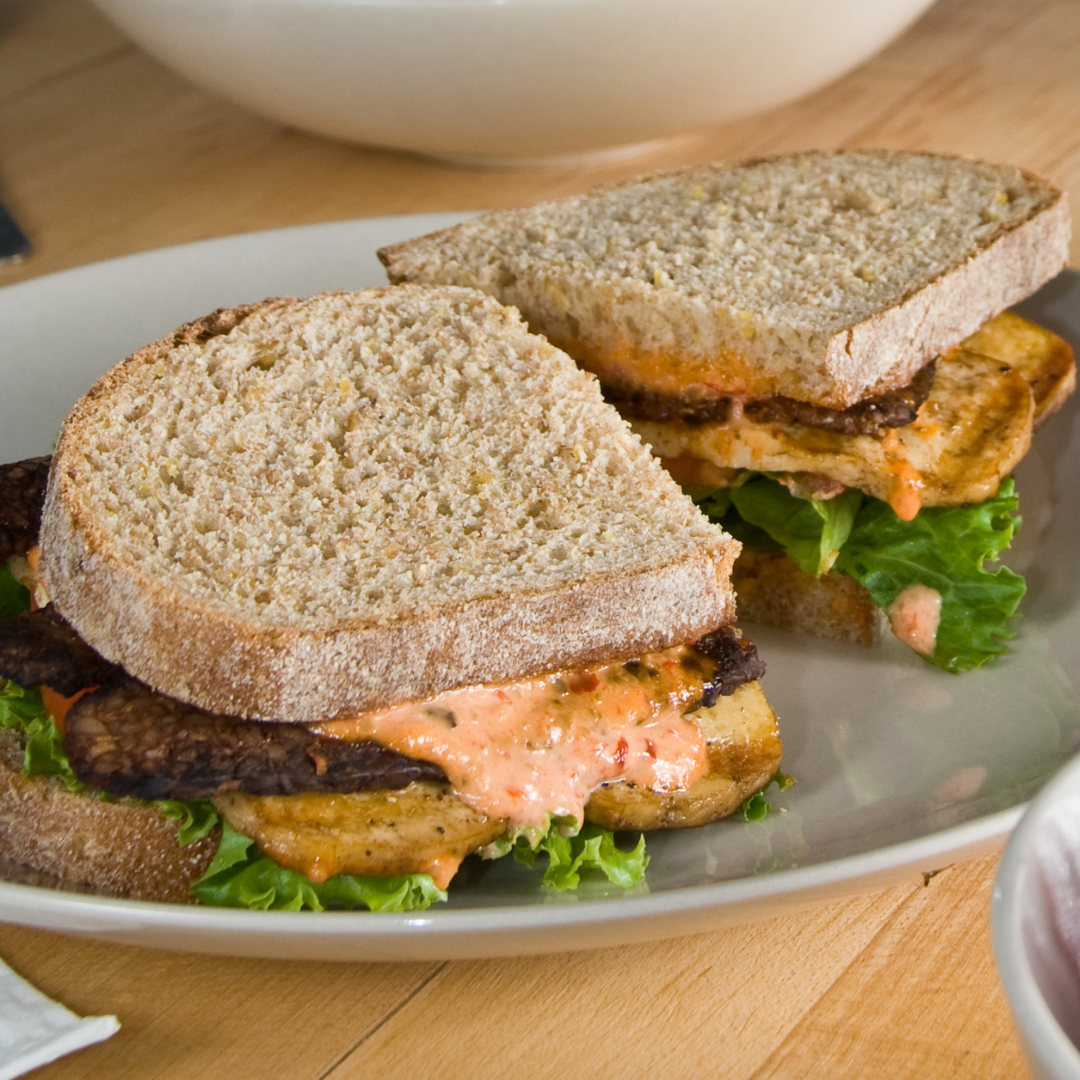The South is renowned not just for its warm climate but for the warmth of its hospitality. Central to this hospitality is a rich food culture, a tapestry of tastes and traditions that invites everyone to the table. Southern cuisine is more than just food; it’s a communal experience, a way of life, and a testament to the region’s history and diversity.

In this culinary journey, we’ll explore the essence of Southern hospitality through its iconic dishes, communal meals, and the special place seafood holds in the heart of Southern dining.
The Essence of Southern Hospitality Through Food
Southern hospitality is legendary, and the food is at the heart of this warm welcome. Food in the South isn’t just about sustenance; it’s about storytelling, preserving history, and sharing with others. It’s a region where recipes are passed down through generations, each dish a chapter in a family’s history.
From the smokey richness of barbecue to the comforting embrace of grits and biscuits, Southern food is imbued with the flavors of its diverse cultures, landscapes, and histories.
A Tapestry of Tastes: Iconic Southern Dishes
The culinary landscape of the South is as varied as its geography, and each dish reflects the region’s complex history and cultural influences.
Classics like fried chicken, collard greens, and cornbread share the table with less universally known but equally cherished dishes such as Hoppin’ John, fried green tomatoes, and chess pie.
These dishes are more than food; they celebrate the South’s agricultural wealth and cultural diversity, from the Appalachian Mountains to the Gulf Coast.
Communal Meals: Bringing People Together
The heart of Southern hospitality beats strongest at communal meals, where food serves as a medium for connection and sharing. Among the most cherished of these traditions is the seafood boil.
This social, culinary event, centered around freshly caught seafood and a medley of spices, exemplifies the communal spirit of the South. Here, around tables laden with steaming pots of shrimp, crawfish, corn, and potatoes, the essence of Southern hospitality unfolds in its most genuine form.
Sharing a meal this way is not just about eating; it’s about celebrating togetherness, tradition, and the bounty of the Southern waters.
In cities like Austin, this tradition of communal dining and love for seafood finds expression in Cajun seafood restaurants, where the flavors of the Gulf meet the spice of Louisiana cuisine.
For those seeking to immerse themselves in this culinary tradition, seafood Austin offers a vibrant tableau of tastes and textures, showcasing the best Southern hospitality and the rich tapestry of its seafood traditions.
The Influence of Cajun and Creole Cuisines
The South’s culinary diversity is perhaps nowhere more evident than in the rich tapestry of Cajun and Creole cuisines. Originating from Louisiana’s unique cultural melange, these cuisines have left an indelible mark on Southern dining.

Cajun cuisine, rooted in French Acadian traditions, is characterized by its bold flavors and rustic, hearty dishes like jambalaya and gumbo. Creole cuisine, meanwhile, reflects a more cosmopolitan blend of influences, from French and Spanish to African and Native American, resulting in complex, sophisticated dishes like étouffée and shrimp Creole.
Innovation within Tradition
While deeply rooted in history and tradition, Southern cuisine is far from static. Chefs and home cooks continuously innovate, blending the old with the new to create dishes that honor the past while embracing the present.
This innovation is evident in the modern twists on classic dishes, such as vegan interpretations of soul food and the incorporation of global flavors into traditional Southern recipes. This culinary evolution reflects the dynamic nature of Southern hospitality, adapting and growing while always maintaining its core of warmth and welcome.
The Role of Storytelling in Southern Cuisine
Storytelling is an integral part of Southern hospitality, with recipes and meals often accompanied by tales of their origins, the people who first made them, and the occasions they commemorate.
These stories passed down through generations, add depth and richness to the dining experience, transforming meals into shared narratives that bind the community together. In this way, Southern cuisine serves as a living history, a testament to the Southern people’s resilience, creativity, and spirit.
The Art of Preserving and Canning
An essential aspect of Southern cuisine that speaks volumes about its values is the tradition of preserving and canning. This practice, rooted in the necessity of making the most of seasonal bounty, has evolved into an art form.
Jams, jellies, pickles, and preserves are staples in Southern pantries, each jar a testament to the season’s flavors and the labor of love that went into its creation.
This tradition underscores a deep respect for the land and its produce. It ensures that nothing goes to waste and that the tastes of each season can be savored year-round. It’s a practice that conserves food and cultural identity, passing down flavors and techniques from one generation to the next.
The Role of Music in Southern Cuisine
In the South, music and food are often intertwined, each enhancing the experience of the other. Music sets the backdrop for many Southern meals, from jazz in New Orleans to bluegrass in the Appalachian Mountains, whether in homes, restaurants, or outdoor gatherings.
This fusion of food and music speaks to the sensory richness of Southern culture. Meals are not just about taste but the experience of place and community. Music complements the communal nature of Southern dining, adding another layer of connection and depth to the culinary experience.
Conclusion
A culinary journey through the heart and soul of Southern hospitality reveals a region where food is much more than what’s on the plate. It reflects history, culture, and community, a means of bringing people together and celebrating the South’s diversity and abundance.
From the down-home comfort of classic dishes to the communal joy of seafood boils and the rich flavors of Cajun and Creole cuisines, Southern food culture is a testament to the region’s spirit of hospitality. As we savor these flavors and traditions, we’re reminded that everyone is welcome at the table in the South.

